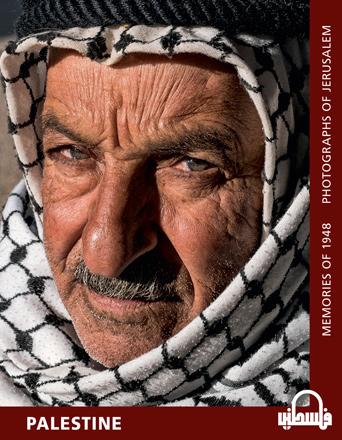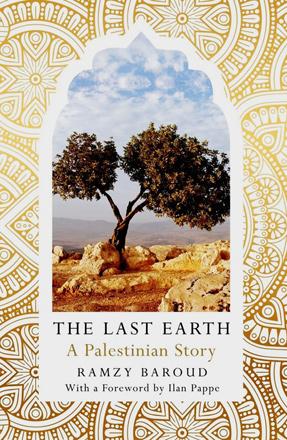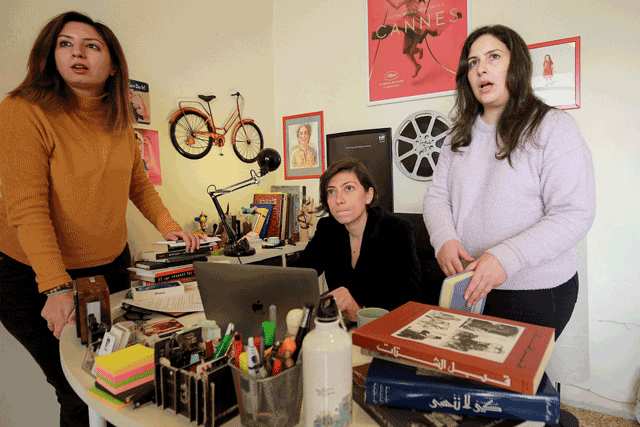You are here
‘A catastrophe taking place in the present’
By Sally Bland - Jan 22,2017 - Last updated at Jan 22,2017

Palestinians in Syria: Nakba Memories of Shattered Communities
Anaheed Al Hardan
New York: Columbia University Press, 2016
Pp. 245
Anaheed Al Hardan, assistant professor of sociology at the American University in Beirut, lived in Yarmouk Camp for six months in 2008, and visited other camps in Syria, where she interviewed scores of Palestinian refugees. Her intent was to explore the function of memories of the Nakba in these communities — who related these memories, what meanings were attached to them and how they contributed to Palestinians’ identity and sense of purpose.
Identifying herself as a granddaughter of the Nakba, Hardan gives voice to the people of Yarmouk, Jaramana, Khan Danoun, Khan Eshieh, Al Sayida Zaynab and Sbeineh camps, so that they can reassert that they hail from Tiberius, Safad, Lubya, Tantura, Galilee and other places in historical Palestine.
The research for this book predates the Syrian war, giving it crucial added importance. Today, after the destruction of Yarmouk and other camps in Syria, and the dispersal of their inhabitants, it is a major documentation of a world that is no more. Tragically, the events of recent years confirm all too graphically Hardan’s view of the Nakba as not ending in 1948: “The Nakba is no longer only about a distant event in the past that continues to manifest itself through an ongoing statelessness. It is also a catastrophe taking place in the present through the destruction of Palestinian communities yet again.” (p. 3)
“Palestinians in Syria” opens by reviewing ways of thinking about the Nakba over the years, beginning with pan-Arab nationalists who saw it as a catastrophe for their goals of unity and progress. In the aftermath of the 1967 war, preoccupation with the Nakba gave way to focus on the new occupation and the Palestinian liberation movement, but by the 1980s, there was renewed Palestinian interest in memories of the Nakba. After the Oslo accords, which refugees perceived as jeopardising their right of return, interest in these memories escalated. The Right of Return Movement emerged and mobilised actively among Palestinians in Syria, stressing the imperative to remember in order to return.
A whole chapter is devoted to how the Palestinian refugee community was formed in Syria — how and when they came, the original tent camps and where they later settled, their social and political experience, and interaction with UNRWA, Syrian state bodies and the Palestinian national movement. The author contends that the Palestinians’ experience in Syria “has been as important as Palestine and the Palestinian past in their recalling of memories of a shared past in a shared present”. (p. 51)
The heart of the book is an analysis of Nakba memories and the discourse they have generated, based on Hardan’s interviews with three generations of Palestinian refugees in camps in the vicinity of Damascus. (The author explains her geographic focus by the fact that before the current war, four-fifths of the 560,000 UNRWA-registered Palestinian refugees in Syria lived in this area.) The main questions addressed are “what, how, and why people choose to remember, imagine, or mobilise memories of the Nakba as they do”. (p. 22)
Memories of the generation of Palestine, those who actually lived the 1948 Nakba, were accorded a special status in the community, transforming these elderly persons from “the generation of defeat” into “guardians of memory”. (p. 97)
In contrast, the stories told by second and third generation refugees are not really memories, but narratives based on their elders’ memories and how these have been absorbed into Palestinian discourse. The typical setting for relating these memories was a family gathering where a grandmother or grandfather told their stories of what they remembered about 1948, though activists also arranged public meetings where memories were related and discussed.
One of the author’s most striking observations is that the Palestine generation’s stories did not usually focus on the violent events of the Nakba. “Rather, the object of this narration and transmission is the generation of Palestine’s memories of loss — their homes, lands, lives, and communities at large… as well as [their] own structures of attachment to this loss. This is primarily the refusal to accept it.” (p. 98)
“Palestinians in Syria” is not an oral history of the Nakba, but it develops a useful perspective for understanding oral history and its political and social repercussions. The book’s greatest value, however, lies in its being a semi-comprehensive history of the Palestinians in Syria, about whom less has been written than about other major Palestinian communities. Especially in view of the impossibility of doing comparable research today, this book will be a valuable reference for years to come.
Related Articles
Palestine: Memories of 1948, Photographs of JerusalemChris Conti and Altair AlcantaraTranslated from French by Isabelle LavigneLondon: Hespe
The Last EarthRamzy BaroudUK: Pluto PressPp. 272 Many books have been written about Palestine and the Palestinians.
Released last month on Netflix, “Farha” depicts atrocities against Palestinians during the 1948 conflict following Israel’s creation, which Palestinians call the Nakba, or “catastrophe”.















